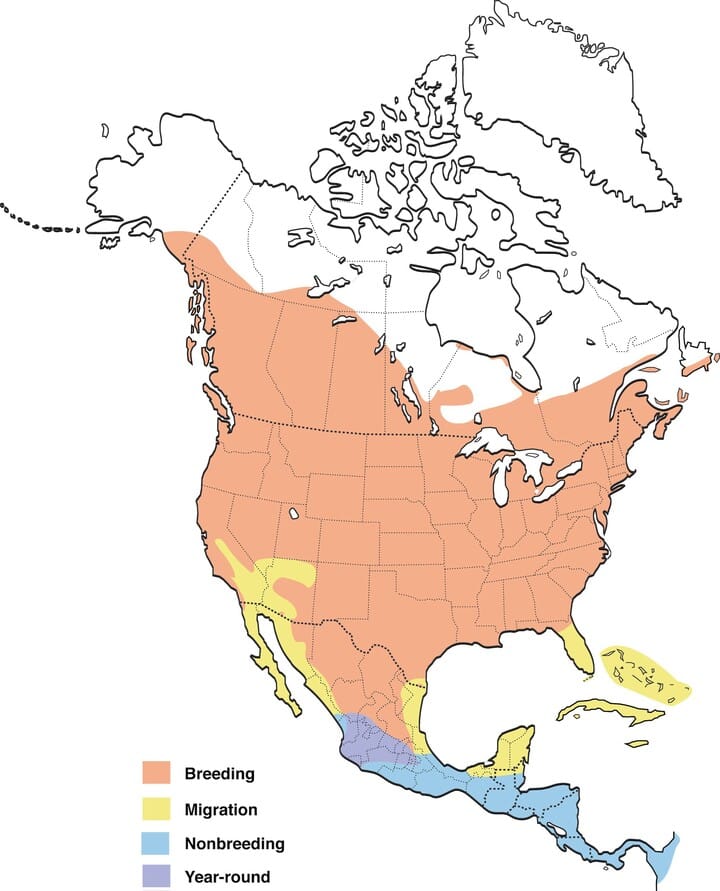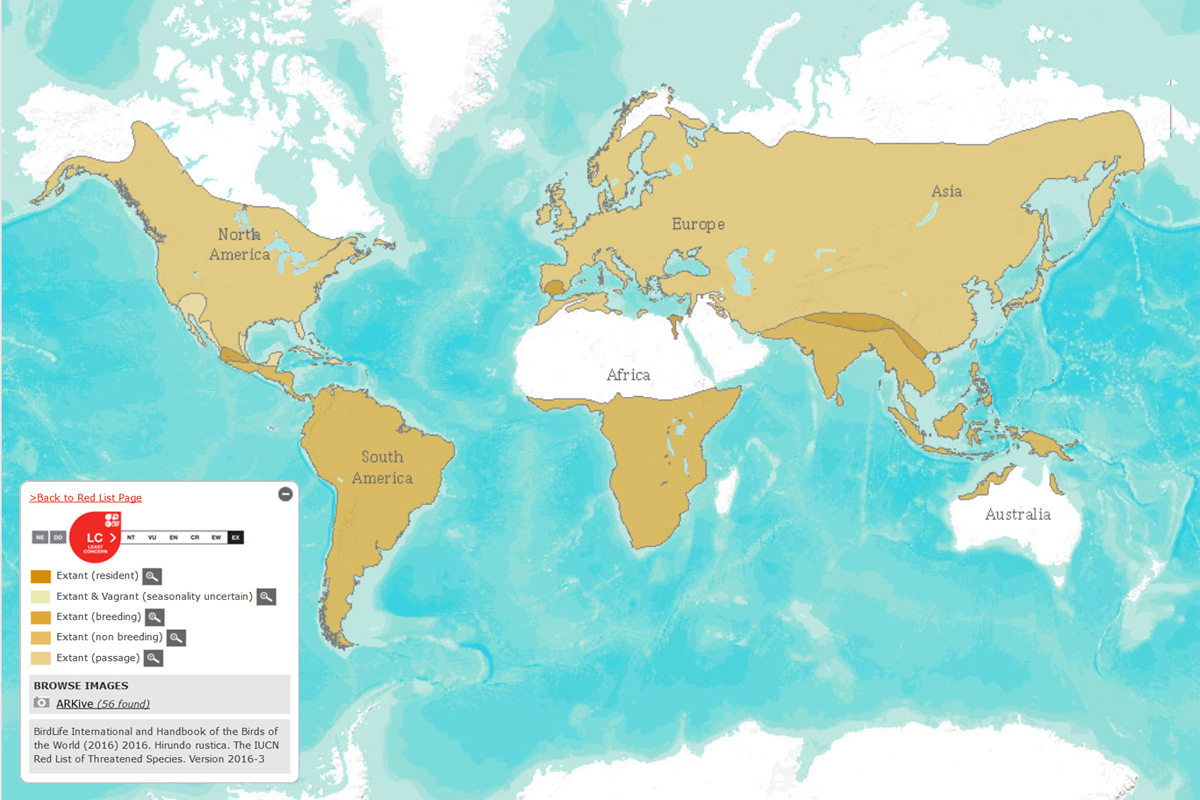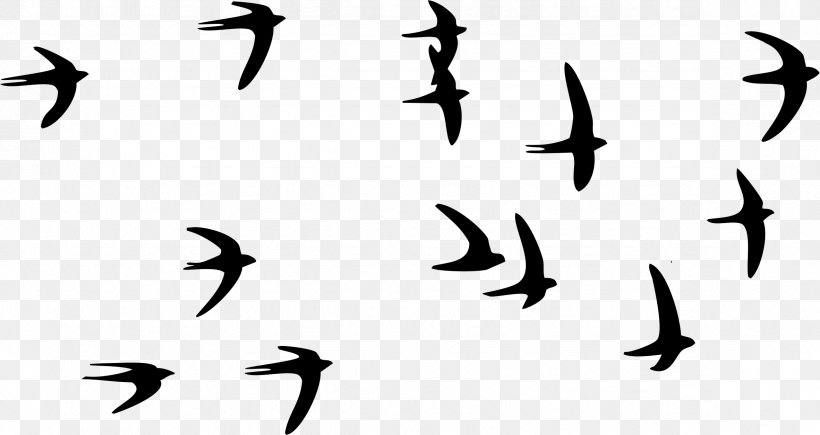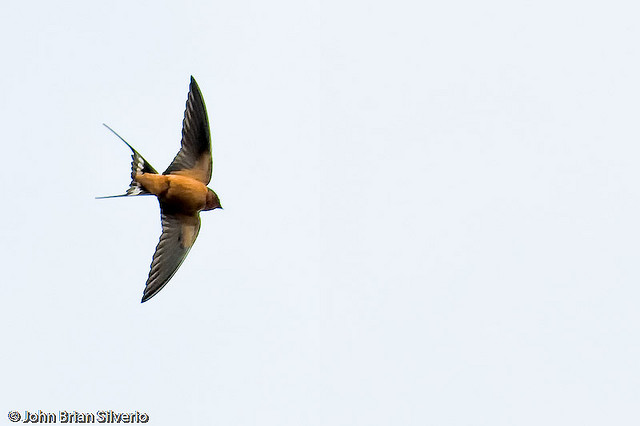Barn Swallow Migration Map 2020

Breeding data provided by ebird.
Barn swallow migration map 2020. Peak migration of barn swallows through southern states. Migration is a hazardous time and many birds die from starvation exhaustion and in storms. View map frog first heard singing view data. Play link to map.
Barn swallows often cruise low flying just a few inches above the ground or water. View map habitat view data. Migrating swallows cover 200 miles a day mainly during daylight at speeds of 17 22 miles per hour. View map barn swallow first sighted view data.
View map earthworm first sighted view data. Barn swallow hirundo rustica. Glistening cobalt blue above and tawny below barn swallows dart gracefully over fields barnyards and open water in search of flying insect prey. In their wintering areas swallows feed in small flocks which join together to form roosting flocks of thousands of.
Barn swallows are hard to find over the northern part of their range now. View map bald eagle view data. As in past years this will be my 26th year reporting for jn i will be sharing news with you about how weather affects bird migration and using weather maps to predict where birds will be arriving. Nonetheless many die of starvation.
Since swallows feed entirely on flying insects they don t need to fatten up before leaving but can snap up their food along the way. I saw my first purple martin about 2 weeks ago and barn tree and northern rough winged swallows have arrived in texas along with yellow throated warblers. Swallows migrate during daylight flying quite low and covering about 320 km 200 miles each day. View map all other signs of spring view data.
This map depicts the seasonally averaged estimated relative abundance defined as the expected count on an ebird traveling count starting at the optimal time of day with the optimal search duration and distance that maximizes detection of that species in a region averaged across the breeding. Report sighting view data. The maximum flight speed is 35 mph. If they survive they can live for up to.
Spring 2020 maps view map all other. View map gray whale view data. There are still a few straggler barn swallows in central states but most are in south america now growing new body feathers. Some are starting to molt their flight feathers.
Building upon more than 750 million observations submitted to ebird provides a whole new way of seeing biodiversity said steve kelling co director of center for avian population studies at the cornell lab. At night they roost in huge flocks in reed beds at traditional stopover spots. View map hummingbird other observations view. Explore bird status and trends with maps habitat charts weekly migration animations and more all generated from modeled ebird data.
View map daylight view data.
















































